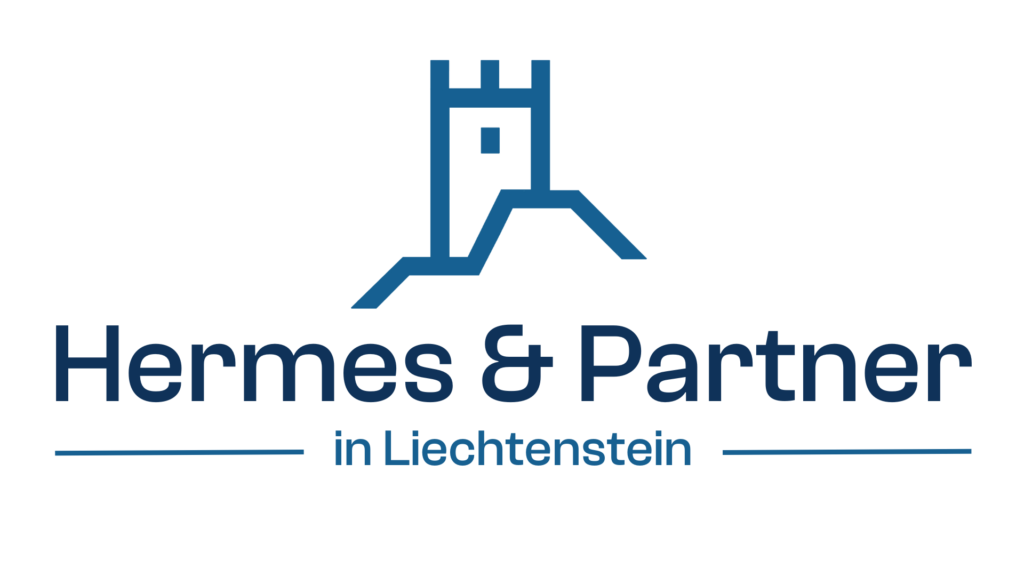Asset Protection
Your assets are exposed to numerous risks. In addition to the well-known civil law risks such as entrepreneurial liability claims, family conflicts due to compulsory portion claims, inheritance disputes or compensation claims in the event of divorce, far-reaching political and tax law change risks are now also increasingly threatening your life's work.
In order to protect your business assets and in particular your separate private assets from these risks, it is crucial to take suitable precautionary measures in good time.
What does asset protection mean?
Asset protection means protecting your hard-earned assets from potential risks and losses. This term encompasses all legally permissible preventive measures aimed at minimizing or completely avoiding threats to your assets. The aim is to ensure long-term financial security and effectively avert potential asset losses.
The right time for asset protection measures
The protection of your assets can only be ensured in advance of a potential liability case or risk event (e.g. death, divorce). If the liability event has already occurred, subsequent transfers of assets can usually be contested or declared null and void. In addition, the concealment or removal of assets quickly becomes a criminal offense in such cases. Serious asset protection is therefore always a forward-looking and strategic measure.
Strategic asset structuring as the key to protection
A crucial, albeit at first glance counterintuitive, aspect of effective asset protection is the timely and voluntary transfer of parts of your assets to a selected legal entity. This preventive structuring significantly reduces potential access by creditors - including state institutions - and offers sustainable protection of your capital.
The decisive factor lies in the separation between legal ownership and beneficial ownership. Legal ownership of assets does not necessarily have to correspond to the role of the economic beneficiary.
Effective asset segregation
Transferring assets to proven legal structures - such as a Liechtenstein foundation or a German cooperative - offers maximum protection. This approach not only protects your assets from third-party access, but also ensures targeted management and structuring in accordance with your individual requirements.
Conclusion
Thanks to targeted structuring, your assets are no longer directly attributable to you, which means you remain protected from the usual risks. At the same time, you can continue to benefit financially from the advantages and income of these assets without restriction. With a well-thought-out asset strategy, you can ensure that your capital remains optimally protected even in times of economic and political uncertainty and that it will endure in the long term.


